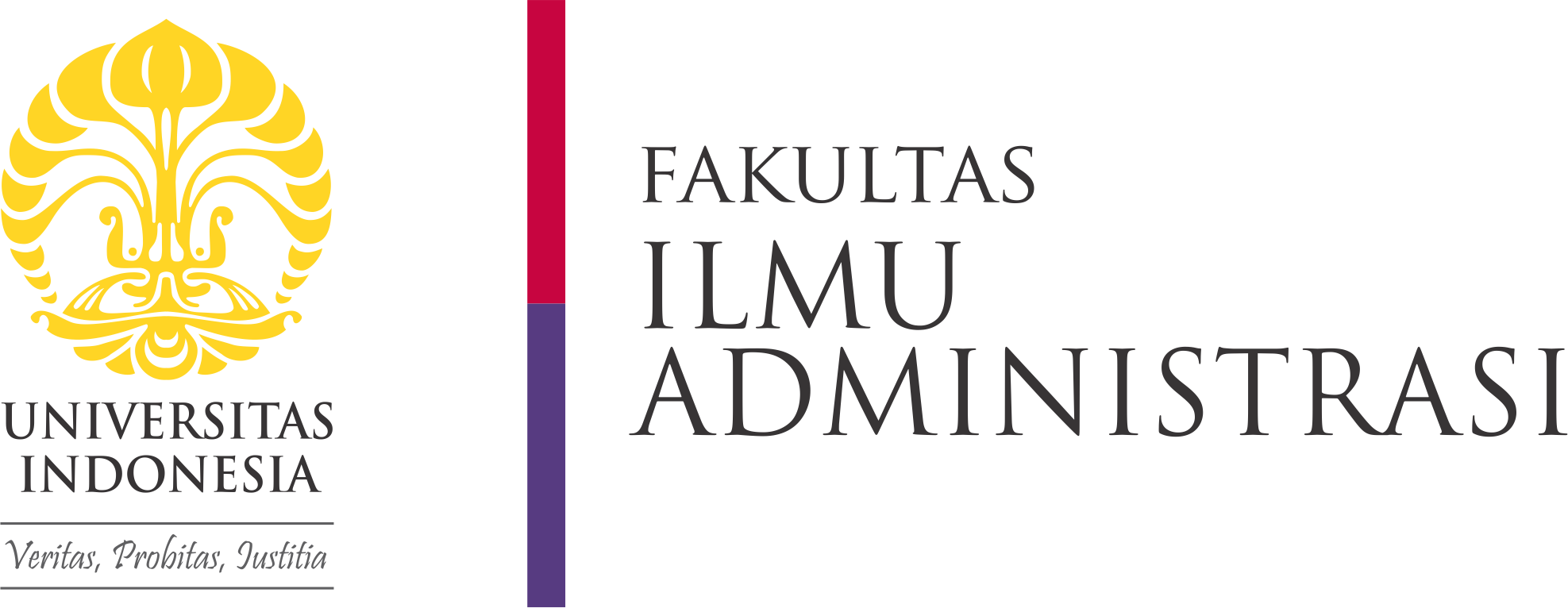Physical Address
304 North Cardinal St.
Dorchester Center, MA 02124
Physical Address
304 North Cardinal St.
Dorchester Center, MA 02124

In the dynamic landscape of contemporary academia, universities play a pivotal role in shaping the future of students and society. The intricate relationship between business practices and bureaucratic frameworks is a focal point for many educational institutions, particularly in the field of administration. This brings us to the noteworthy journal, which encapsulates the essence of these themes and more within its extensive research articles.
This journal, “BISNIS & BIROKRASI: Jurnal Ilmu Administrasi dan Organisasi,” serves as an academic platform that allows scholars and practitioners to delve deep into the mechanisms of business operations as influenced by varying bureaucratic structures. Within its pages, readers will find comprehensive insights that intertwine finance UI concepts with administrative theories, ensuring a well-rounded perspective on the current academic discourse.
The integration of finance UI into organizational structures is not merely about the numbers; it extends far beyond that. It straddles the realms of policy establishment, decision-making processes, and resource allocation, fundamentally dictating how organizations function and flourish. Administrators are now focusing on finance UI as a crucial component of both educational and operational excellence, viewing it as a means to align university financial objectives with broader institutional goals.
The journal provides a forum for such critical analyses, bringing together diverse perspectives from reputed scholars in the field. With articles that discuss innovative practices in finance UI management and their implications for policy formulation, the journal is not just an academic resource; it’s a catalyst for transformational change within organizations.
As financial technologies continue to emerge and evolve, the implications for finance UI are profound. Increased automation and sophisticated data analytics are reshaping how institutions manage their financial operations. The impact of these technologies is particularly evident in budgeting frameworks, financial forecasting, and fiscal strategy adjustments. Educational bodies worldwide are now attuned to the power of finance UI, marking a significant shift in their overall administration practices.
This evolving landscape requires that finance UI not only bridges the gap between traditional practices and modern innovations but also maintains a focus on ethical and sustainable financial practices. Articles within the journal critique established norms, advocating for forward-thinking approaches to finance UI that prioritize transparency and accountability.
Amidst all these changes, the emphasis on financial literacy for administrators cannot be overstated. The articles explore how enhanced finance UI can empower non-financial managers and policymakers within organizations, equipping them with the necessary knowledge and tools to make informed decisions that resonate throughout their institutions.
One of the unique aspects of this journal is its commitment to illustrating theoretical concepts with real-world applications. Case studies discussing the enactment of finance UI strategies in various organizations serve as powerful illustrations of success stories. These narratives not only spotlight practical implementations but also provide insights into the hurdles faced and overcome during the process.
By examining these case studies, academicians and practitioners alike can glean valuable lessons on how to effectively navigate the complexities of finance UI. Themes such as adaptability, resilience, and collaborative problem-solving emerge as critical success factors. Moreover, these case studies often highlight the vital role of cross-departmental collaboration in achieving financial goals, showcasing how synergy can lead to greater efficiency and effectiveness overall.
Furthermore, the journal emphasizes the paramount importance of research in advancing finance UI practices. By driving academic inquiry, institutions can uncover new theories and models that speak directly to the unique challenges faced within the finance landscape. Innovative research initiatives spearheaded by dedicated scholars pave the way for future advancements, ultimately enriching the academic body of knowledge surrounding finance UI.
Looking ahead, several trends are emerging that could significantly influence the future trajectory of finance UI research. Concepts like artificial intelligence, blockchain technology, and big data are not just buzzwords; they represent the next wave of innovation in finance. How these technologies will be integrated into existing finance UI frameworks is a topic ripe for exploration and debate.
Moreover, as the demand for finance UI professionals continues to rise, educational institutions must adapt their curriculum to equip upcoming leaders with the necessary skills and knowledge. This includes fostering critical thinking, analytical skills, and technological proficiency, ensuring that graduates are ready to tackle the challenges of tomorrow’s financial landscape. The role of educational journals like “BISNIS & BIROKRASI” in sharing cutting-edge research cannot be understated in this context.
In conclusion, “BISNIS & BIROKRASI: Jurnal Ilmu Administrasi dan Organisasi” is a treasured academic resource that moves beyond mere reporting of trends; it offers an invaluable repository of knowledge aimed at enhancing finance UI practices across various sectors. By fostering dialogue between scholars and practitioners, the journal serves as a guiding light in navigating the complexities of finance UI in administration, ultimately contributing to the development of a robust and sustainable organizational ecosystem.
The heart of finance UI lies in its potential to bridge gaps, drive efficiency, and foster informed decision-making. As we forge ahead, academia will play an indispensable role in charting uncharted territories and uncovering new pathways that will define the future of finance and administration.